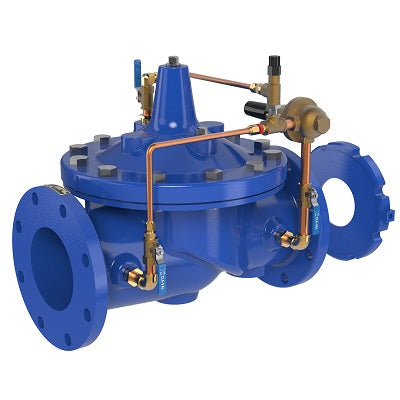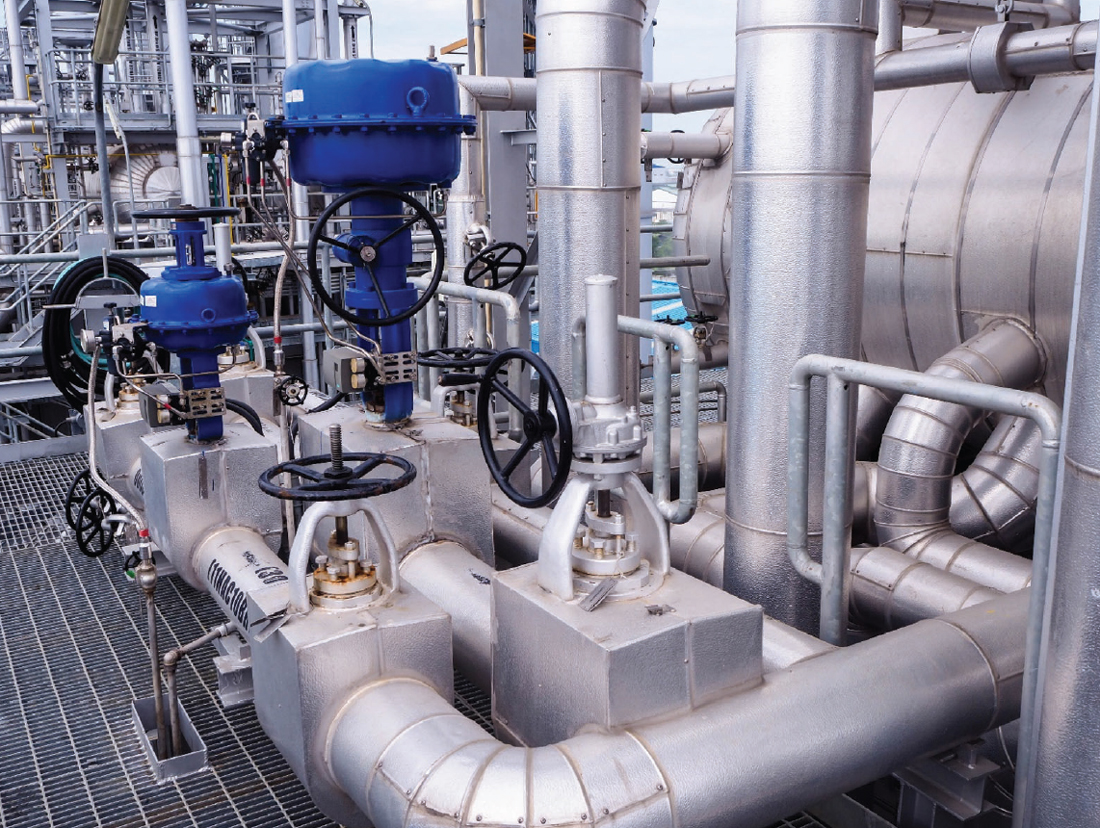Exploring the Functionality of Modern Control Valves in Industrial Applications
Exploring the Functionality of Modern Control Valves in Industrial Applications
Blog Article

Maximize Energy Savings and Convenience With Advanced Building Automation Controls
In the realm of modern-day architecture and center management, the combination of advanced structure automation regulates stands as a pivotal advancement. The convergence of modern technology and sustainability has actually birthed a brand-new period where energy performance, convenience optimization, and functional streamlining are no much longer distant ambitions yet attainable truths. By harnessing the power of automation, buildings can adapt, react, and develop in ways that were when unbelievable. The possibility for substantial power savings and improved comfort is not simply a possibility but a pledge waiting to be satisfied. This standard change in structure monitoring holds the vital to unlocking a world where environmental conscientiousness and resident wellness sympathetically exist side-by-side within the wall surfaces of our structures.
Power Effectiveness Advantages
Power effectiveness advantages can significantly minimize energy usage and functional costs in structures. Energy-efficient systems, such as advanced building automation controls, can enhance the usage of sources like air conditioning, home heating, and lighting, leading to lower power expenses over time.
In addition, enhanced energy effectiveness can prolong the life expectancy of building equipment and systems. By operating more efficiently, HVAC systems, lighting fixture, and various other structure components experience much less wear and tear, causing reduced maintenance and replacement expenses. In addition, energy-efficient structures typically command greater property worths and rental prices, giving long-term financial benefits to proprietors.
Moreover, power performance can enhance passenger convenience and productivity. Properly controlled interior settings with optimal lighting and thermal conditions develop an even more conducive and pleasurable work area, leading to improved staff member satisfaction and performance. In general, the energy performance benefits related to advanced structure automation controls are diverse, including expense financial savings, environmental stewardship, and owner wellness.
Improved Convenience Control
Enhancing convenience control in structure settings calls for a sophisticated integration of sophisticated automation systems for ideal occupant wellness. By utilizing innovative building automation controls, facilities can customize the interior environment to satisfy the particular demands and choices of residents. control valves.
By including these advanced controls, structures can not just boost convenience yet additionally enhance energy performance by maximizing system procedures based on actual tenancy and use patterns. Ultimately, prioritizing occupant convenience through sophisticated automation systems leads to a much more enjoyable and healthier indoor atmosphere.
Operational Efficiency Improvements

Furthermore, the application of real-time surveillance and analytics tools makes it possible for structure operators to determine power ineffectiveness and operational abnormalities without delay. By constantly monitoring power usage patterns and system performance metrics, changes can be made in real-time to optimize energy consumption and ensure peak functional performance. control valves. Furthermore, integrating demand action methods right into building automation controls can additionally enhance operational performance by dynamically readjusting power usage based upon grid conditions and rates signals
Indoor Climate Optimization
Reliable indoor climate optimization is an essential element of building automation controls, ensuring occupants' comfort and health while making best use of energy cost savings. By using advanced sensing units and controls, developing automation systems can constantly check and change temperature level, moisture degrees, air top quality, and air flow to produce an optimal interior atmosphere. Keeping comfortable and consistent problems not only enhances resident fulfillment however likewise boosts productivity and overall wellness.
Interior environment optimization also plays a crucial duty in energy performance. By fine-tuning air flow, home heating, and cooling systems based upon real-time information and occupancy patterns, constructing automation controls can considerably minimize energy consumption - control valves. Executing methods such as demand-controlled air flow and thermal zoning can aid decrease power waste while making certain that each location of the building obtains the necessary conditioning.

Lasting Setting Creation
Building automation manages not only enhance indoor climate problems for energy effectiveness and passenger convenience but also lay the structure for creating a sustainable atmosphere with tactical administration of resources and systems. By integrating innovative structure automation modern technologies, such as sensors, actuators, and intelligent software program, centers can change and keep track of power usage in real-time to reduce waste and lower their carbon impact. These systems make it possible for predictive maintenance, identifying potential issues before look at these guys they intensify and maximizing equipment performance to improve durability and effectiveness.
Moreover, sustainable setting production expands beyond power administration to encompass water conservation, waste decrease, and interior air high quality improvement. Structure automation controls can control water usage, detect leaks, and make certain proper waste disposal techniques, adding to general sustainability efforts. Additionally, by keeping track of and controlling air flow and filtration systems, these technologies enhance resident wellness and efficiency while decreasing power consumption connected with HVAC operations.
Final Thought
Finally, i loved this progressed building automation manages deal considerable benefits in regards to power financial savings, comfort control, functional effectiveness, interior environment optimization, and producing a sustainable environment. By carrying out these controls, structures can accomplish optimal performance while decreasing power intake and boosting resident convenience. It appears that making use of innovative automation modern technology is important in boosting structure efficiency and creating a much more lasting future.
Power performance advantages can dramatically reduce energy consumption and functional prices in buildings. On the whole, the energy effectiveness benefits associated with advanced structure automation controls are diverse, encompassing expense financial savings, environmental stewardship, and passenger well-being.
Furthermore, integrating demand response strategies right into structure automation controls can better boost functional efficiency by dynamically changing power use based on grid conditions and prices signals.
Structure automation regulates not just optimize interior environment problems for power performance and passenger comfort however likewise lay the structure for producing a lasting atmosphere check this site out with tactical administration of sources and systems.In conclusion, progressed building automation regulates deal considerable benefits in terms of energy cost savings, comfort control, functional efficiency, indoor climate optimization, and producing a sustainable environment.
Report this page